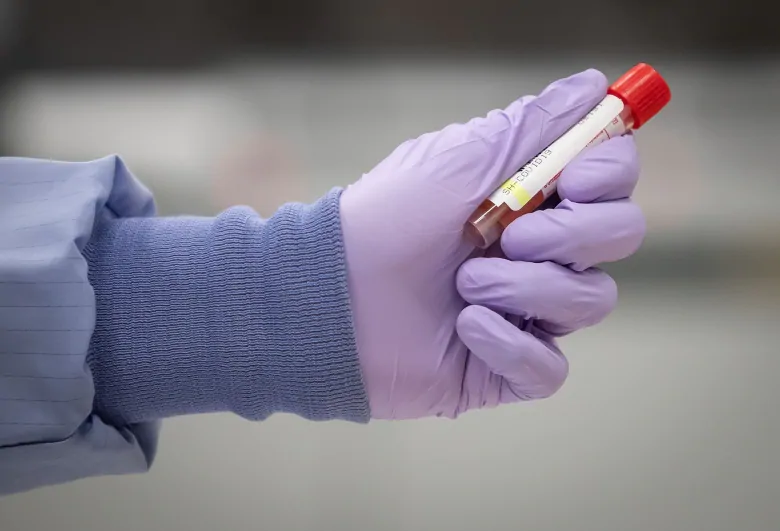Not long ago, people with full-blown symptoms couldn’t get tested for COVID-19 in some provinces unless they were extremely ill. Now, even those provinces are starting to test people with no symptoms at all. Why the change? What do they hope to find out? And is there a downside? Here’s a closer look.

Not long ago, people with full-blown symptoms couldn’t get tested for COVID-19 in some provinces unless they were extremely ill. Now, even those provinces are starting to test people with no symptoms at all.
Why the change? What do they hope to find out? And is there a downside? Here’s a closer look.
Why would you want to test asymptomatic people?
There’s now lots of evidence that people can spread COVID-19 before showing symptoms, and some people never show symptoms at all. So testing asymptomatic people can:
- Help find cases in the community that would otherwise go unnoticed and help pinpoint hot spots or at-risk areas.
- Make it possible to isolate more people who may not know they have the disease and could spread it to others.
- Provide better information about the prevalence and spread of the disease in the community.
- Provide earlier indications of how the epidemic is progressing (whether it’s growing, where outbreaks are) than hospitalizations and deaths, which are documented days or weeks later than a positive test.
Who could spread COVID-19 without showing symptoms?
People who test positive in nasal swab tests are shedding genetic material from the virus from their upper respiratory tract. That could potentially transmit the disease.
With SARS, which is caused by a coronavirus similar to the one that causes COVID-19, people didn’t tend to shed the virus until they had symptoms.
However, with COVID-19, research conducted with subjects in Singapore found that there are three categories of asymptomatic people who can test positive:
- Pre-symptomatic people who are incubating the disease, but don’t yet show symptoms. Studies suggest people can test positive up to three days before developing symptoms.
- Post-symptomatic people who have recovered and are no longer have symptoms, but still test positive (although there is evidence these people may not contagious).
- Completely asymptomatic people, who have been exposed to the virus and test positive, but never show symptoms.

Is there evidence that asymptomatic people can spread COVID-19?
A positive test doesn’t necessarily mean a person is contagious. They may be shedding genetic material from dead viruses, especially if they have recovered.
But lots of other evidence suggests that pre-symptomatic people and perhaps asymptomatic people may be able to spread the virus.
By testing the contacts of people who have tested positive for COVID-19, researchers have found cases of presymptomatic transmission around the world. One study found seven clusters of pre-symptomatic transmission in Singapore that accounted for six per cent of locally acquired cases between mid-January and mid-March. The researchers estimated that 10 per cent of new infections may be sparked by people who carry the virus, but have not yet shown symptoms.
WATCH | Mask mistakes you might be making:
A face mask is meant to limit the spread of COVID-19. But if it slips below your nose, hovers around your chin, or you touch the outside with your hands, medical experts say that might be riskier than not wearing one at all. 3:55
A study published in Science in April used mathematical modelling to estimate that people with mild symptoms or no symptoms were only half as infectious as people with symptoms, but were responsible for about 80 per cent of the transmission to people who went on to have more severe infections.
What percentage of people with COVID-19 don’t develop symptoms?
That’s not known. Widespread testing in Vò, Italy, found that well over half of approximately 3,400 people who tested positive never showed symptoms. In other studies, the number of asymptomatic people has ranged from five per cent to 80 per cent. One difficulty is that some people who are asymptomatic when they test positive later develop symptoms.
Children, youn

